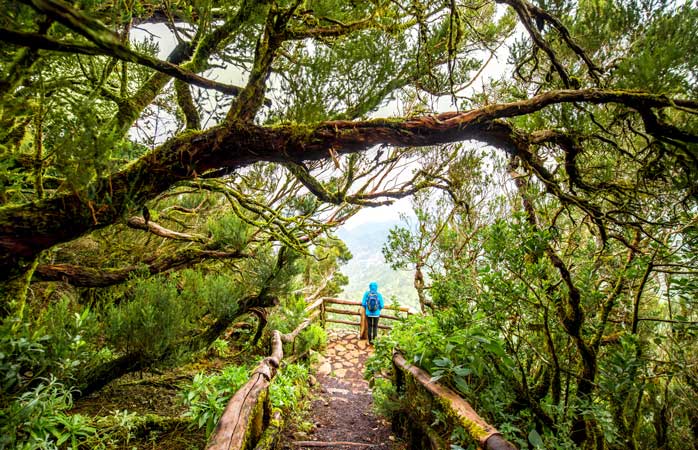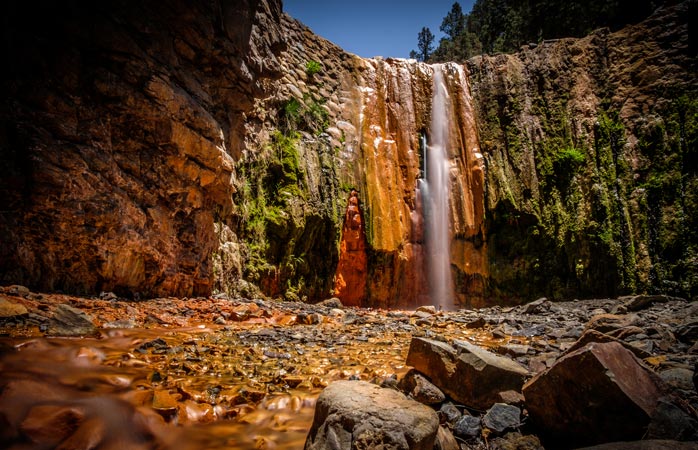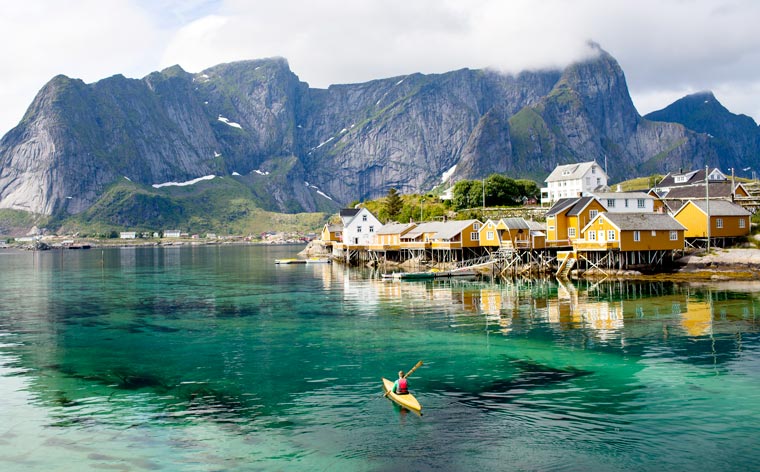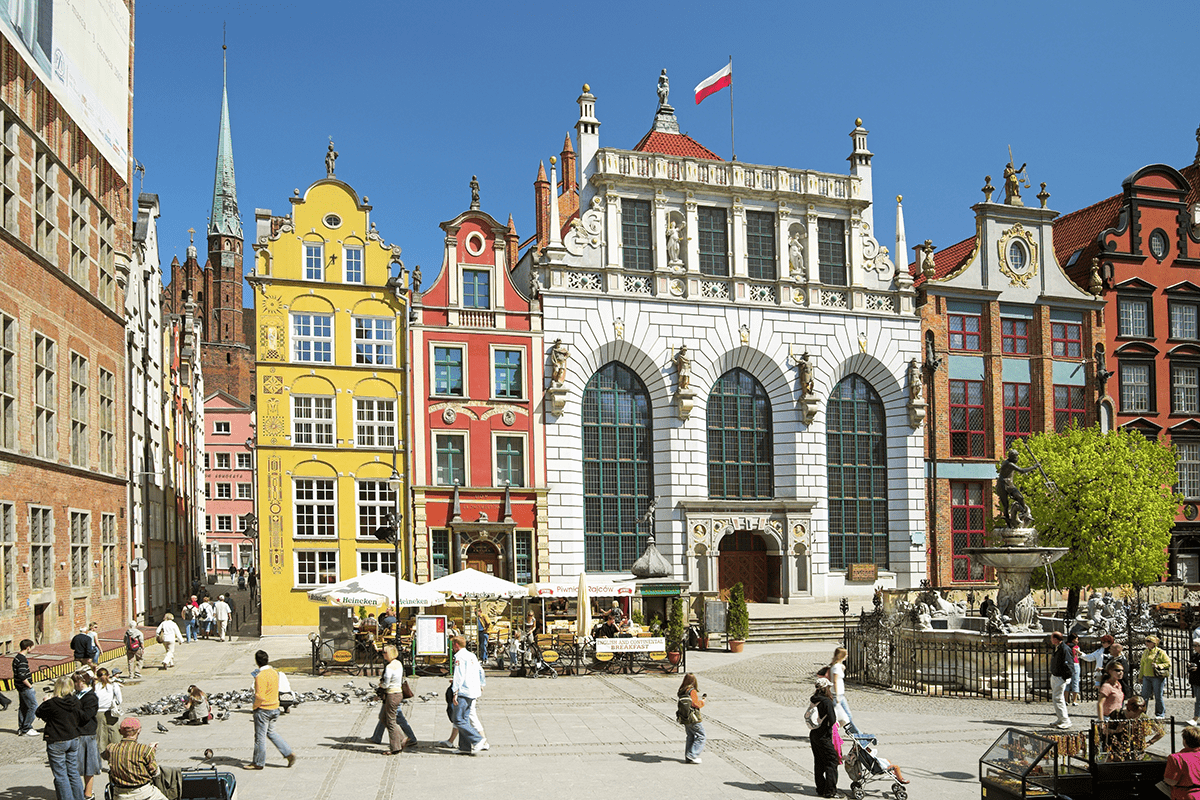Tenerife, Gran Canaria, Lanzarote and Fuerteventura … the first and perhaps the only of the Canary Islands that spring to mind. Though these islands are rich in cultural offerings and outdoor activities, there’s more to the archipelago. Interesting islands lie away from mainstream tourism, their treasures saved for those with a sense of adventure. So why not venture out a bit and explore La Palma, La Gomera and El Hierro?
We’ve set out to uncover the hidden treasures of the popular Canary Islands, and in order to do so, we’ve joined forces with seasoned travel writer and destination expert Andrea Montgomery. Based in the Canaries, Andrea specialises in hiking and dining, on and off the beaten track, and writes all about it on her Buzztrips website.
Interested in the other islands of the archipelago? We’ve got you covered.
- Explore Tenerife’s wild side, food and culture
- Go beyond the beaches of Gran Canaria
- Discover Lanzarote – the sustainable and fiery of all islands
- Go on an epic journey through Fuerteventura’s volcanic landscapes
La Gomera

Known as Isla Columbiana (Columbus Island), it was from the island’s capital of San Sebastian that the great explorer set sail in 1492 on the voyage that was to change the face of the atlas. Considering its pivotal role in such an important event, La Gomera barely mentions its claim to fame, preferring instead to keep a low tourism profile.
Roughly circular in shape, abyssal ravines radiate out from the centre of the island, making travel a time-consuming affair. Before the introduction of phones, the most effective way to communicate in such a demanding environment was by whistling, and La Gomera developed a whistling language known as Silbo. If you visit the Mirador de Abrante on the headland above Agulo, not only can you hear Silbo demonstrated by the waiters but you can also indulge in some tasty tapas. If your nerves are up to it, try stepping out onto the skywalk which juts out over the edge of the sheer cliff.

Known among the hiking cognoscenti as the best winter walking destination in Europe, La Gomera’s trails are as spectacular as they are demanding. At the island’s heart lies the UNESCO World Heritage Site of Garajonay, an ancient laurel rainforest where lichen adorns the branches of trees and dense clouds roll in at a moment’s notice. Beyond the rainforest, La Gomera’s landscape is characterised by its magnificent palm trees which provide ‘guarapo’ (palm sap), used to produce the island’s delicious ‘miel de palma’ or palm honey. A dark syrup with a sweet, smoky flavour, it is delicious when added to salad dressings, drizzled over the island’s goat cheeses, over ice cream, or simply added to Greek-style yoghurt. At the other end of the sweet scale is the island’s ‘almogrote’, a pungent cheese paste which you’ll either love or hate. Usually served as a starter dish with toast, it’s also used in a variety of other dishes, even as a pizza topping at El Silbo restaurant in Hermigua. For a uniquely Gomeran dining experience, visit the forest restaurant of Casa Efigenia in Las Hayas. Run by the inimitable Efigenia herself, everything in her restaurant comes from the forest – from the furniture to the food, which is all organic and vegetarian. And her ‘almogrote’ is some of the best on the island. Access to the island is either by ferry departing from the port in Los Cristianos in Tenerife or a short flight from Tenerife Norte airport.
La Palma

Known as ‘La isla bonita’ (the beautiful isle), heart-shaped La Palma is one of the steepest islands on the planet, providing landscapes of remarkable contrast.
One of the top three places in the world for stargazing, at the highest point of La Palma are the space-age domes of the Roque de Los Muchachos Observatory, which nightly beam back information from distant galaxies via the most powerful telescopes in the northern hemisphere. To marvel at the brightest Milky Way you’ve ever seen, head to one of the island’s allocated stargazing spots on a moonless night.
Known as Little Havana, La Palma’s capital of Santa Cruz has a distinctly Latin American vibe. Colonial architecture dominates the main street of Calle O’Daly and spills out onto the sea front where the flower-bedecked balconies on Avenida Marítima are captured by every lens that passes. For a taste of the town’s Venezuelan connection, try an ‘arepa’ (filled corn cake) from El Encuentro on the corner of Plaza de la Alameda. Work up an appetite shopping and sightseeing before heading to Restaurante Casa Indianos where the food is first class and the walls are adorned with images of the town’s famous Indianos festival.
On the other side of the island, cosmopolitan Los Llanos de Aridane is known as La Palma’s secret capital. Here you’ll find a beautiful old quarter with shops, street-side cafes and plenty of beautifully embellished gable ends. You’ll also find an innovative menu at El Duende del Fuego, and the most tender ‘pulpo’ (octopus) you’re ever likely to have tasted at Don Escaldón.

North of Los Llanos you’ll find La Caldera de Taburiente, one of the largest erosion craters on Earth, which offers a spectacular hiking trail from its 1000-metre high crater wall to the river that flows through its floor. Other amazing places to go hiking on the island are the Los Tilos biosphere which is like a lost world of giant ferns and dense foliage, and along Volcano Route spanning the central and southern regions of the island. Take home a taste of La Palma with a bottle of the island’s boutique rum from the family-owned Aldea Rum Distillery in Puerto Espíndola, and some hand-rolled cigars from the tobacco farm at Finca Tabaquera El Sitio where you can watch them being made.
El Hierro

El Hierro is the smallest, most remote and least developed of all the Canary Islands. Lying at the most westerly extreme of the Ancient World, the prime meridian was placed here during the second century BC and the island became known as Isla del Meridiano. It wasn’t until 1884, when Greenwich took over the prime meridian, that little El Hierro shrank into anonymity, retaining a way of life that had changed little in the intervening centuries.
In a landscape befitting the end of the world, on the cliffs of La Dehesa, you’ll find the island’s iconic wild juniper trees. Bent by the force of the prevailing winds, the trees grow horizontally along the ground before blossoming into a tangle of branches and assuming whimsical shapes.

Stand at Mirador de la Peña, the viewpoint and restaurant designed by Lanzarote artist César Manrique, and look out over the vast, fertile basin of El Golfo. Created by a huge landslip 50,000 years ago, the valley is carpeted in fields of pineapples and exotic fruits. It’s also home to the Guinea Ecomuseum, a village of volcanic stone houses that chronicle the evolution of living conditions, from the troglodyte Bimbaches to the mid-20th century. Alongside is a breeding centre for the island’s endangered giant lizards, which can grow up to 70cm in length.
El Hierro enjoyed a brief period in the spotlight in 2011 when a subterranean volcano erupted off the coast of La Restinga and a new island formed just below the ocean’s surface. This is now one of the Canaries most popular diving sites, where submerged basaltic columns teem with marine life.

Hikers will find El Hierro a joy to walk across, with some of the best-waymarked paths in the Canary Islands and almost entirely devoid of people. Walking the GR31 Camino de La Virgen, you’ll get through landscapes that morph from volcanic badlands to green grazing grounds. Every four years the island’s Patron Saint is carried along this path in a colourful pilgrimage of music and dancing. Don’t leave this enchanting little island without a taste of its ‘quesadilla’, a sort of sponge cheesecake made with fresh goat’s cheese. Pick one up from the Adrián Gutierrez factory in Valverde where they’ve been making them since 1900. Access to El Hierro is either by ferry departing from the port in Los Cristianos in Tenerife or by plane from Tenerife Norte airport or Gran Canaria.






